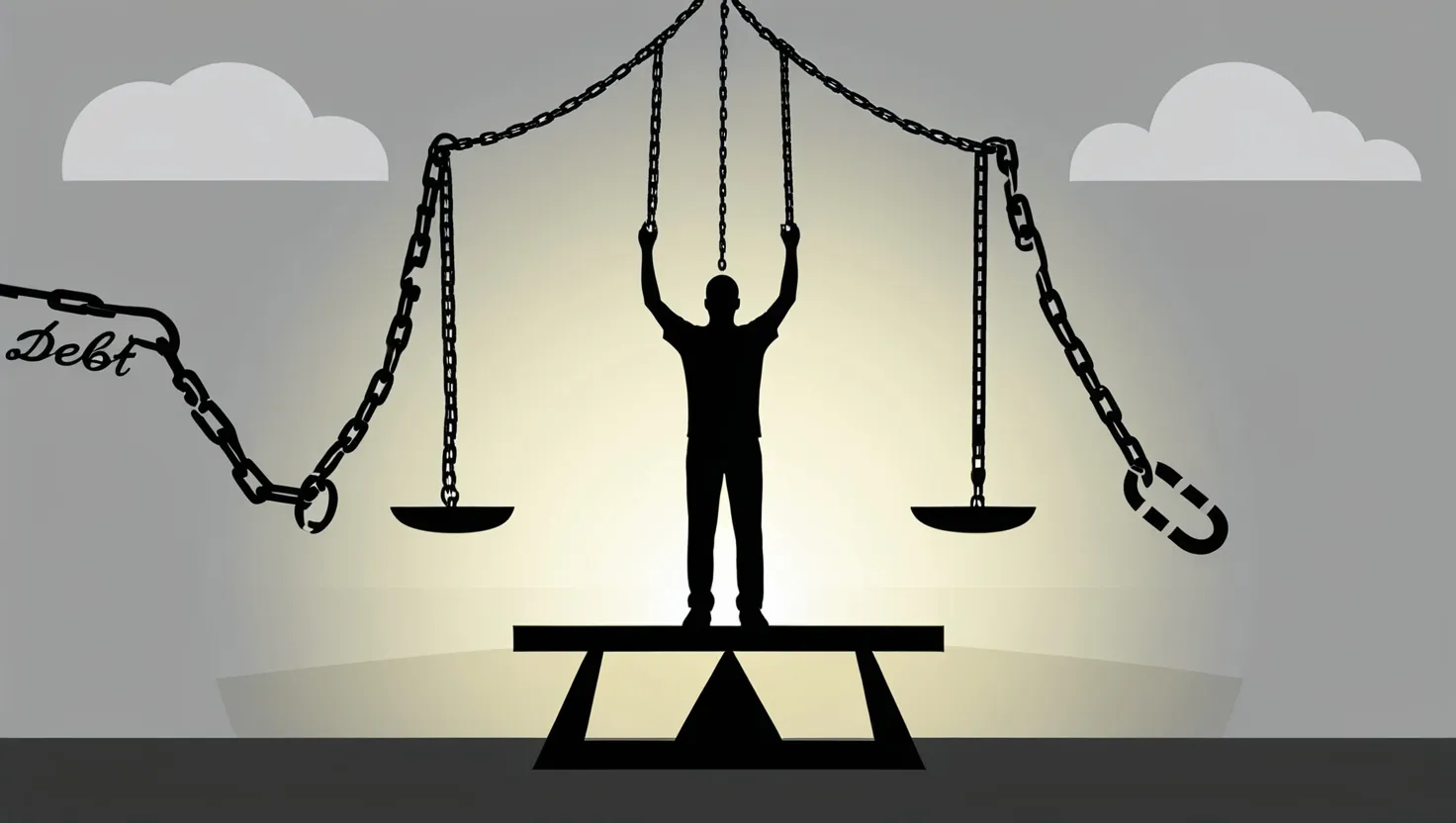Debt can be a heavy burden, weighing down our financial freedom and limiting our options. But fear not, for there are clever ways to lighten this load without breaking the bank. Let’s explore seven cost-effective debt reduction methods that leverage interest rate arbitrage to help you regain control of your finances.
Have you ever considered the power of a simple balance transfer? It’s like a financial magic trick, moving your high-interest credit card debt to a new card with a lower or even 0% introductory rate. Imagine the relief of watching your balance shrink instead of grow each month. But beware, this strategy requires discipline. It’s crucial to pay off the transferred balance before the promotional period ends, or you might find yourself back where you started.
“The secret of getting ahead is getting started.” - Mark Twain
This quote rings especially true when it comes to tackling debt. Taking that first step, whether it’s a balance transfer or another method, is often the hardest part. But once you’ve begun, you’ll find momentum building in your favor.
Debt consolidation loans offer another avenue for interest rate arbitrage. By combining multiple high-interest debts into a single loan with a lower rate, you can simplify your payments and potentially save a significant amount in interest. It’s like herding all your financial cats into one manageable pen. But remember, this method only works if you resist the temptation to rack up new debt on your newly cleared credit cards.
Have you considered tapping into your home’s equity to pay off high-interest debt? A Home Equity Line of Credit (HELOC) can provide access to funds at a much lower interest rate than most credit cards or personal loans. It’s like using your house as a giant piggy bank to smash your debt. However, this strategy comes with risks. You’re essentially trading unsecured debt for secured debt, putting your home on the line. Is the potential savings worth the added risk?
For homeowners with significant equity, cash-out refinancing might be an option worth exploring. By refinancing your mortgage for more than you owe and pocketing the difference, you can use that cash to pay off high-interest debts. It’s like killing two birds with one stone - potentially lowering your mortgage rate while eliminating other debts. But remember, this strategy extends your mortgage term, so consider the long-term implications carefully.
“An investment in knowledge pays the best interest.” - Benjamin Franklin
Franklin’s wisdom applies perfectly to debt reduction strategies. The more you understand about interest rates and how they affect your debt, the better equipped you’ll be to make smart financial decisions.
Credit card companies often offer introductory 0% APR periods on new cards. This can be a powerful tool for debt reduction if used wisely. It’s like hitting the pause button on interest accumulation, giving you a chance to make real progress on paying down your principal. But be careful - these offers often come with balance transfer fees, and if you don’t pay off the balance before the promotional period ends, you could be hit with retroactive interest charges.
For those struggling with federal student loans, income-driven repayment plans can provide much-needed relief. These plans adjust your monthly payment based on your income and family size, potentially lowering your interest rate in the process. It’s like tailoring your debt to fit your financial situation. But keep in mind, while this can make your monthly payments more manageable, it may extend the life of your loan.
When it comes to paying off multiple debts, two popular methods emerge: the avalanche and the snowball. The avalanche method focuses on paying off the highest interest debt first, while the snowball method targets the smallest balance. Which do you think would work better for you? The avalanche method is mathematically optimal, saving you the most in interest over time. But the snowball method can provide quicker wins, boosting your motivation to keep going. Sometimes, the best financial decision isn’t purely about numbers - it’s about what keeps you committed to your goal.
“The art is not in making money, but in keeping it.” - Proverb
This proverb reminds us that reducing debt isn’t just about paying it off - it’s about changing our financial habits to prevent future debt accumulation.
Let’s look at some practical examples to bring these strategies to life. Imagine you have $10,000 in credit card debt at 18% APR. By transferring this balance to a card offering 0% APR for 18 months, you could save over $2,700 in interest if you pay off the balance during the promotional period. That’s a significant chunk of change that could go directly towards reducing your principal.
Or consider this scenario: you have a $20,000 auto loan at 6% APR and $30,000 in credit card debt at 20% APR. By taking out a $50,000 personal loan at 9% APR to pay off both debts, you could potentially save thousands in interest over the life of the loans. It’s like trading in your gas-guzzling old car for a more efficient model - you’re still making payments, but you’re getting much better mileage.
As you explore these strategies, it’s crucial to keep a few key insights in mind. Always calculate the true cost savings of any debt reduction method, including all fees and potential risks. Create a repayment timeline that aligns with any promotional periods to ensure you maximize your savings. Keep a close eye on your credit score throughout the process - some methods may cause a temporary dip, but the long-term benefits often outweigh this short-term impact.
“The best way to predict the future is to create it.” - Peter Drucker
This quote encapsulates the proactive approach needed for successful debt reduction. By implementing these strategies, you’re not just dealing with your current debt - you’re creating a more financially stable future for yourself.
Perhaps most importantly, maintain discipline throughout your debt reduction journey. It’s all too easy to fall back into old habits once you’ve cleared some debt. Treat your newly available credit as a tool for emergencies, not a license to spend. Remember, the goal isn’t just to pay off debt - it’s to build lasting financial health.
As we wrap up our exploration of these cost-effective debt reduction methods, I encourage you to take a moment for self-reflection. Which of these strategies resonates most with your financial situation? What steps can you take today to start implementing one of these methods? Remember, every journey begins with a single step, and your path to financial freedom is no different.
In the end, reducing your debt is about more than just numbers on a balance sheet. It’s about reclaiming your financial power, reducing stress, and opening up new possibilities for your future. So take a deep breath, choose your strategy, and take that first step towards a debt-free life. Your future self will thank you.






